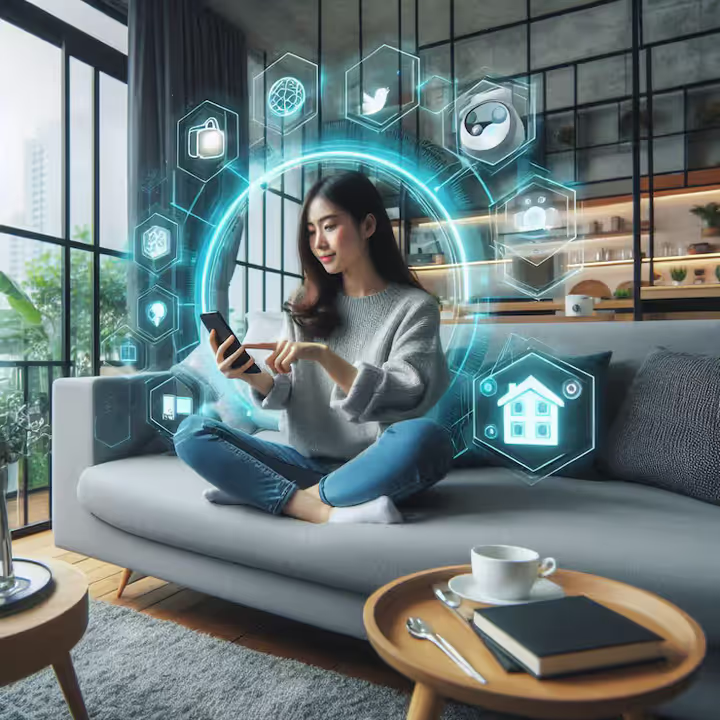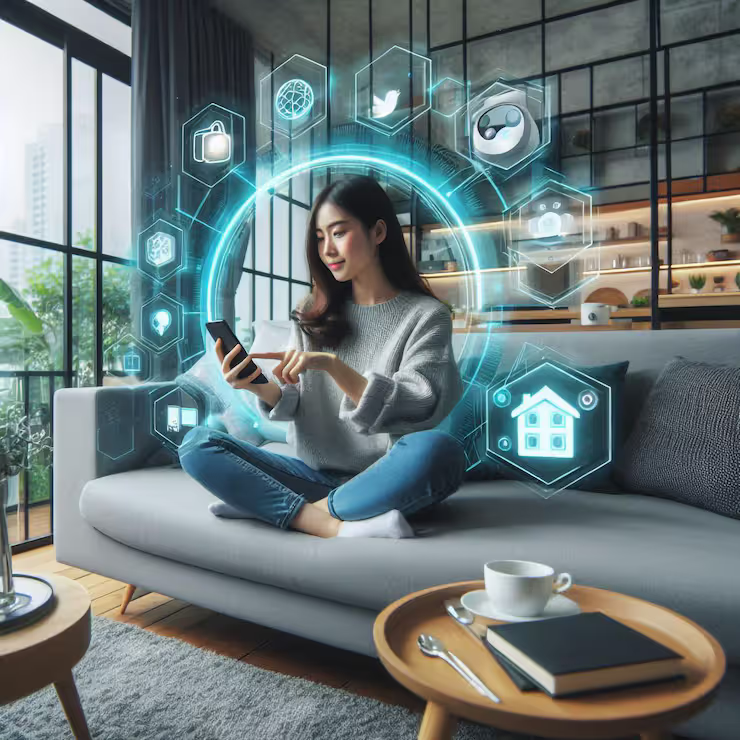
Explore Home Automation Tips and Suggestions for a Smarter Lifestyle
Home automation refers to the technology that enables control and automation of home appliances, lighting, heating, ventilation, security, and entertainment systems. It works through connected hardware (sensors, smart devices), communication interfaces (Wi-Fi, Zigbee, Bluetooth), and control platforms (apps or voice assistants). The goal is to make living spaces more intelligent, responsive, and convenient.
This concept exists because our homes are filled with multiple devices that can now communicate with each other through the Internet of Things (IoT). Instead of manually controlling everything, automation allows homes to anticipate needs such as adjusting lighting when it gets dark or locking doors automatically when you leave.

Importance
Home automation is gaining importance as it directly impacts energy efficiency, comfort, and safety. It makes homes more responsive and easier to manage while reducing manual effort.
Key benefits include:
-
Convenience and comfort: Manage lights, appliances, temperature, and security remotely.
-
Energy efficiency: Automate schedules and monitor power use to avoid waste.
-
Safety and security: Receive instant alerts from sensors or cameras while away from home.
-
Sustainability: Smart energy management helps reduce carbon footprint.
-
Future-proof living: Homes become adaptable to new technologies and upgrades.
| Benefit | Problem Addressed |
|---|---|
| Remote device control | Manual inconvenience |
| Automation scheduling | Forgetting to adjust systems |
| Interoperability | Multiple devices not working together |
| Energy monitoring | High energy consumption |
| Integrated alerts | Lack of home visibility while away |
Home automation matters because it improves day-to-day living while supporting energy conservation and home security. It affects homeowners, renters, builders, and even elderly residents who benefit from assistive automation.
Recent Updates
The home automation landscape has evolved significantly over the past year. Key 2025 trends include:
-
AI-powered personalization: Smart homes now learn daily routines to adjust lighting, temperature, and appliances automatically.
-
Health and wellness integration: Smart systems monitor air quality, lighting, and humidity for better comfort and wellbeing.
-
Eco-conscious automation: Integration with renewable energy systems like solar panels for efficient energy use.
-
Interoperability standards: The Matter protocol ensures devices from different brands work together seamlessly.
-
Enhanced user experience: Smart home apps now include automation editors and AI-based routine builders.
-
Smart security systems: Advanced facial recognition and motion sensors provide more accurate detection and alerts.
The global smart home market in 2025 is valued at over USD 160 billion, showing the rapid pace at which consumers are embracing connected living.
Laws or Policies
In India, several rules and policies influence how home automation is deployed:
-
Energy efficiency roadmap: The Bureau of Energy Efficiency (BEE) promotes automation for reducing household energy use.
-
Wireless compliance: Smart devices using wireless frequencies must have approval from the Wireless Planning & Coordination Wing (WPC).
-
IoT device security: The Indian Code of Practice for Securing Consumer IoT outlines cybersecurity standards for smart devices.
-
Smart-ready housing: Builders are encouraged to include structured cabling, network access, and interoperability features in new homes.
These policies ensure that home automation systems are safe, secure, and future-ready.
Tools and Resources
Below are tools, platforms, and resources that help manage or explore home automation effectively:
Apps and Control Hubs
-
Google Home – for smart device management and automation routines.
-
SmartThings by Samsung – supports multiple device ecosystems.
-
Apple Home – integrates Apple devices through the HomeKit framework.
Automation Standards and Frameworks
-
Matter Protocol – ensures devices from different brands are compatible.
-
Zigbee, Z-Wave, Thread – common communication standards for smart home connectivity.
Planning and Setup Guides
-
Step-by-step automation setup checklists.
-
Home automation planning templates to map device placement, Wi-Fi zones, and power usage.
-
Smart home ecosystem planners that ensure scalability and data privacy.
Helpful Tools
| Tool/Resource Type | Description |
|---|---|
| Energy monitoring apps | Track appliance power usage and trends |
| Automation schedulers | Create routines for lighting, HVAC, and entertainment |
| Smart security dashboards | Monitor cameras and alerts in one interface |
| IoT device checklists | Verify device security and interoperability |
These tools help users design and maintain automation systems that are efficient, secure, and scalable.
FAQs
What qualifies as a home automation system?
A home automation system connects appliances, lighting, HVAC, and security devices so they can be controlled remotely or automatically through schedules, sensors, or voice commands.
Can home automation be added to existing homes?
Yes. Many systems are wireless and easy to retrofit without major electrical work.
Does automation improve energy efficiency?
Yes. Automated scheduling and energy monitoring reduce waste and optimise electricity usage.
How do I choose the right automation platform?
Look for compatibility, ease of use, strong data security, and upgrade flexibility. Interoperable standards like Matter ensure devices work smoothly together.
Are there any legal compliance issues in India?
Yes. Wireless home automation devices must be certified by WPC, and all IoT products should comply with national security and safety standards.
Conclusion
Home automation is no longer futuristic it’s an evolving reality that makes homes safer, more efficient, and more intelligent. By combining smart devices, connectivity, and automation, homeowners can enjoy greater control, sustainability, and comfort.
As AI and IoT technologies continue to advance, adopting automation now ensures a home that adapts to future innovations effortlessly. Staying informed about national policies, device compatibility, and security guidelines will help create a smarter lifestyle built on both convenience and responsibility.





